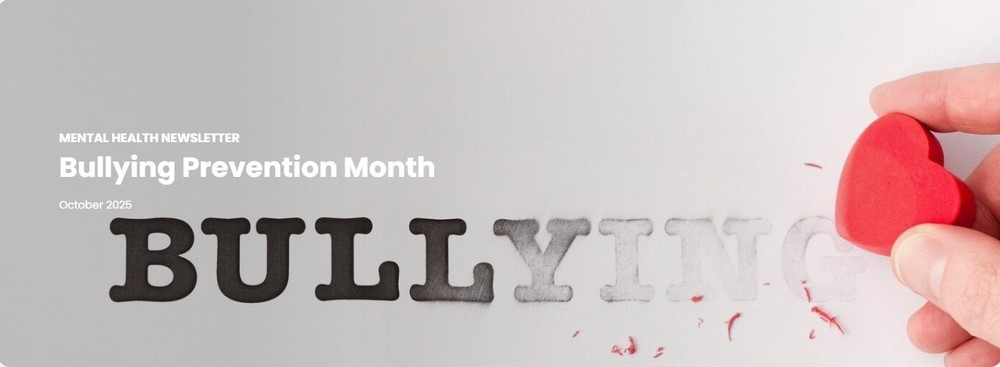Bullying Prevention: Breaking the Cycle of School Avoidance
The Connection Between Bullying and School Avoidance
In their shoes…Have you ever noticed that a child’s backpack holds more than just books? It can carry fears and heartaches too heavy for their young shoulders. Some kids dread going to school because of bullying, feeling anxious, isolated, and desperate for a sense of safety and belonging. Together, we can be the difference these children need.
What is Bullying?
Bullying is the ongoing misuse of power in relationships, often through repetitive verbal, physical, or social actions meant to harm others. It can involve individuals or groups using their perceived power to target those who feel unable to stop it.
What is School Avoidance?
School avoidance, or school refusal, refers to a child’s anxiety about school and their refusal to attend. It’s usually a symptom of an underlying issue.
“Avoidance is the lifeblood of anxiety, so school refusal is the ultimate example of avoidant coping” -Dr. Jonathan Dalton Rockville, MD
When Bullying and School Avoidance Mix
Adults should be alert when bullying and school avoidance overlap. Addressing this requires collaboration between parents, schools, and the community. With strong support, parents can help children regain confidence and navigate these challenges.
Steps to Address the Issue of School Avoidance and Bullying
Recognize Signs: Identify signs of bullying and school avoidance in your child.
Open Communication: Regularly talk with your child and check how they’re feeling.
Track Incidents: Write down bullying incidents, including dates and details.
Involve the School: Report bullying and create a plan together.
Seek Professional Help: Find a mental health professional to support your child.
Speak Up: Advocate for your child’s needs at school.
Teach Resilience: Teach coping skills and confidence.
Stay Informed: Learn about school policies and bullying prevention.
Situations at school may make a child want to avoid going:
Being on the school bus
Walking in the hallways
Being on the playground
Being in the lunchroom
Sitting in the classroom
Feeling fearful of not keeping up
Testing situations
Reading out loud to the class
The distress of not being able to do school work because of a learning difference
People at school, teachers, principals, or school staff
Specific people that the child may feel uncomfortable around
Other kids at school
A general feeling of discomfort from being surrounded by a lot of kids all day
Not wanting to be around particular kids or groups of kids, or feeling like they can’t relate to these other kids or a majority of them
Speaking or presenting in front of others
Learn More: Take Our No-Cost Course
Dr. Melissa Lopez-Larson has seen bullying grow exponentially over the past several years. In this course, Dr. Lopez-Larson discusses how to identify bullying, treatment options, strategies for prevention, and more.
Works Cited
School Avoidance Alliance (n.d.). Parents School Avoidance 101. Retrieved September 21, 2023, from https://schoolavoidance.org/school-avoidance-101/
Stanford Medicine (n.d.). School Refusal. Stanford Medicine Children’s Health. Retrieved September 21, 2023, from https://www.stanfordchildrens.org/en/topic/default?id=school-refusal-90-P02288#
National Center Against Bullying (n.d.). Definition of bullying. Retrieved September 21, 2023, from https://www.ncab.org.au/bullying-advice/bullying-for-parents/definition-of-bullying/
Ed Source (n.d.). To improve attendance, we must build connection, understanding and community. Retrieved September 21, 2023, from https://edsource.org/2023/to-improve-attendance-we-must-build-connection-understanding-and-community/695625

